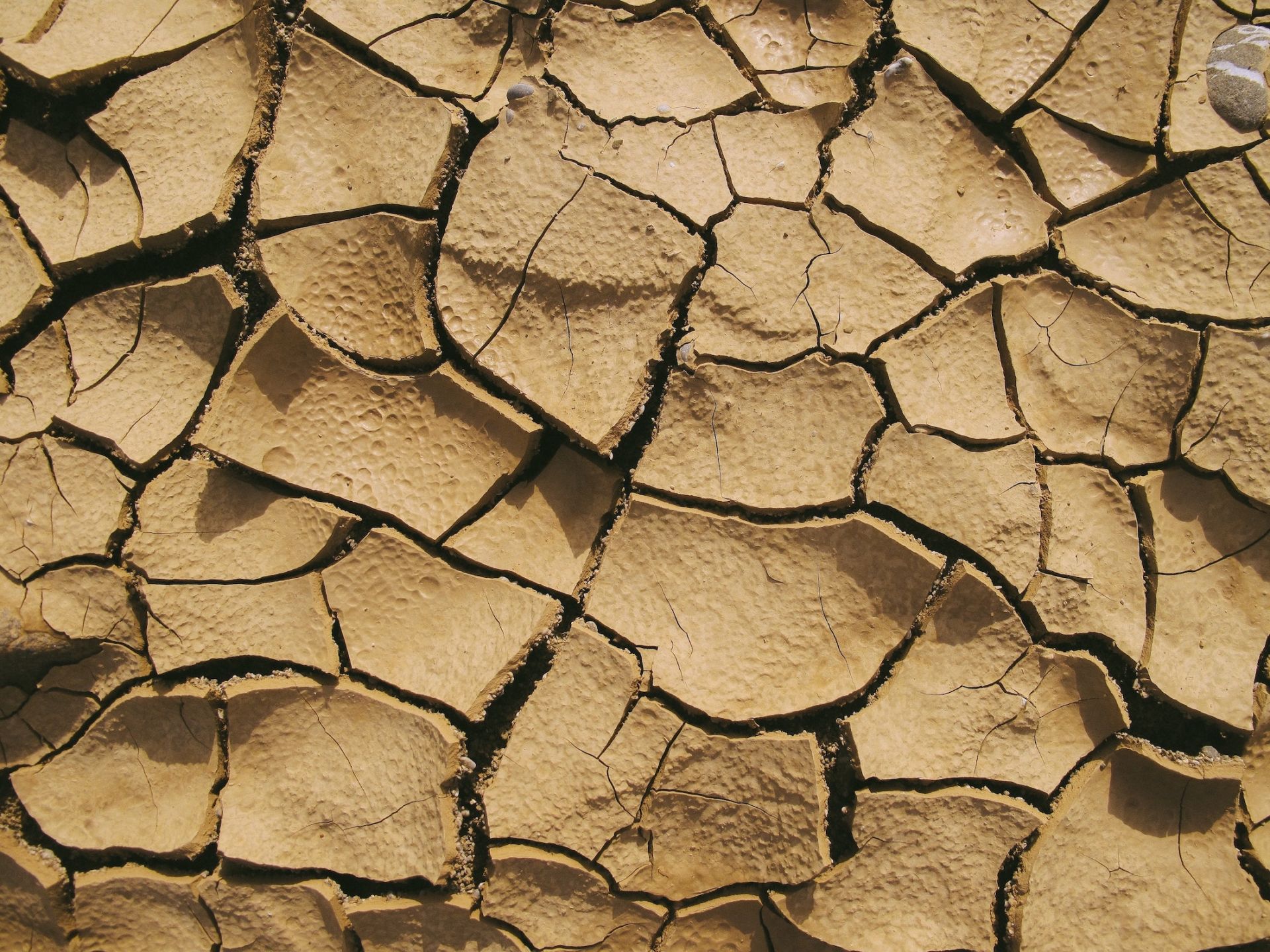Media Releases
Hot-and-dry years on the rise

A James Cook University scientist has found years that are both hot and dry have increased markedly in Australia over the past 30 years.
Dr Brian Collins is an Agroecological Modeller at JCU’s College of Science & Engineering. He says that years that are both hot and dry can be more damaging to the environment and human health than either phenomenon individually.
“For example, we know interactions between heat and drought have major implications for crop production, and tree mortality can significantly increase due to the compounding effect of drought and hot temperatures and increased risk of bushfires,” he said.
Dr Collins analysed temperature and rainfall records for Australia between 1889-2019 using advanced statistical techniques.
“The results showed a general cooling-wetting trend over 1889-1989. From 1990-2019 there was not much change in rainfall, but there was a significant change in the frequency and severity of hot extremes across the country,” said Dr Collins.
He said in contrast to the previous cooling period, his analysis showed annual average maximum daily temperatures had significantly increased across 89 per cent of the country since 1990.
“This means the frequency of Compound Hot-Dry (CHD) extremes significantly increased between 1990 and 2019 in more than 40 per cent of the country, mostly located in the north, south-east and southwest,” said Dr Collins.
He said between 1930–1959 most areas across Australia had only 1–2 annual CHD extreme events with some not having any. But the frequency of such extremes increased to an average of 5.3 annual events in 1990–2019 with nearly 50% of areas studied experiencing more than eight years with CHD events over the 30-year period.
“Nationally, we saw the largest share of Australia's land affected by dry, hot and compound extremes in 2019, especially during summer, with nearly 75% of the country affected by CHD extremes,” said Dr Collins.
He said the findings suggest the environment will be hit by hot and dry extremes in combination more frequently and people and the environment will need to adapt to such changes in the frequency of such events.
“What it means is that we can’t just assess how many hot 'or' dry years or seasons we will have. We must consider how many hot 'and' dry periods we will have in combination. The compounding effect makes hot and dry periods worse than either individually, and that is what we, in Australia, are going to have to prepare for.”
Link to paper: https://onlinelibrary.wiley.com/doi/10.1111/jac.12545
Media enquiries: brian.collins@jcu.edu.au